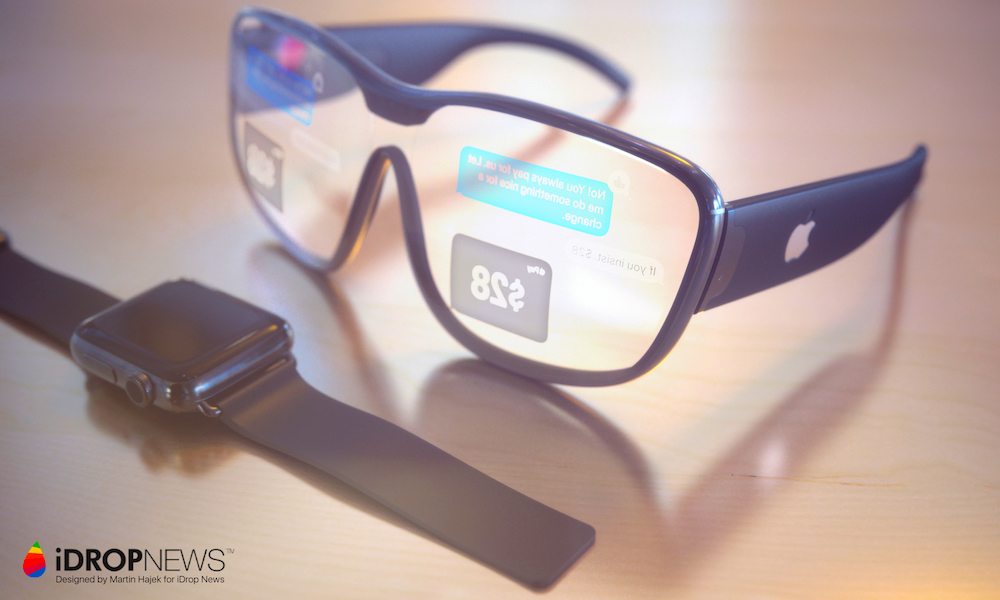Apple Secretly Bought This Startup to Boost Its Mixed Reality Headset
 Credit: iDrop News / Martin Hajek
Credit: iDrop News / Martin Hajek
Toggle Dark Mode
Multiple reports published this morning revealed that Apple, approximately one year ago, secretly acquired Spektral — a Danish Augmented Reality (AR) and visual effects software startup whose focus has been on developing apps that use machine learning and computer vision to allow capturing and editing of images in real-time.
These so-called mixed reality (MR) apps, according to reports and previous rumors about Apple’s ongoing product development, may be of interest to the Cupertino tech-giant as they would appear to support the company’s move towards launching a self-branded MR headset, which is currently known as Apple Glass.
Fortune reportedly traced the $30 million acquisition back to Apple when an engineer by the name of Toke Jansen — allegedly a Spektral co-founder — was found to have been hired by Apple and designated the company’s new “Manager, Computational Imaging.”
What Is Spektral?

Apple’s discreet acquisition of the firm may have slipped under the radar until now, but Spektral itself is no secret.. In fact, the Danish software startup even did us all the courtesy of compiling a thorough and informative video explaining exactly what they’re all about.
“Our pioneering and unique technology is based on state-of-the-art machine learning and computer vision techniques,” Spektral says on its website, adding that by “Combining deep neural networks and spectral graph theory with the computing power of modern GPUs, our engine can process images and video from the camera in real-time (60 fps) directly on the device.”
What Does This Mean?
As you’ll learn by watching Spektral’s video presentation above, the company’s ultimate objective is to create one or more mobile apps that allow users to super-impose (using AR) a wide variety of backgrounds and/or special effects on their selfie images, utilizing the firm’s real-time machine learning engine in combination with cutting-edge hardware.
Now that Apple has acquired the firm, much like with others in the past (such as Workflow), it’s only reasonable to assume the iPhone-maker will somehow integrate, or perhaps even re-engineer and re-brand, Spektral’s application so it can be incorporated into future generations of TrueDepth-equipped Apple devices like iPhone and iPad.
Beyond that, it’s difficult to predict what Apple plans to do with the weight of Spektral now under its belt, but, knowing Apple, it wouldn’t be unreasonable to also assume that Spektral’s MR imaging apps will eventually make their way into other Apple products, too, such as the company’s largely visual and imaging-centric Apple Glass headset rumored for a 2020 debut.
Either way, it appears Apple is looking to vastly improve the AR functionality and imaging capabilities of its TrueDepth camera hardware, and we can potentially expect to see the first of those new advancements in the company’s 2019 iPhone lineup.
[The information provided in this article has NOT been confirmed by Apple and may be speculation. Provided details may not be factual. Take all rumors, tech or otherwise, with a grain of salt.]






